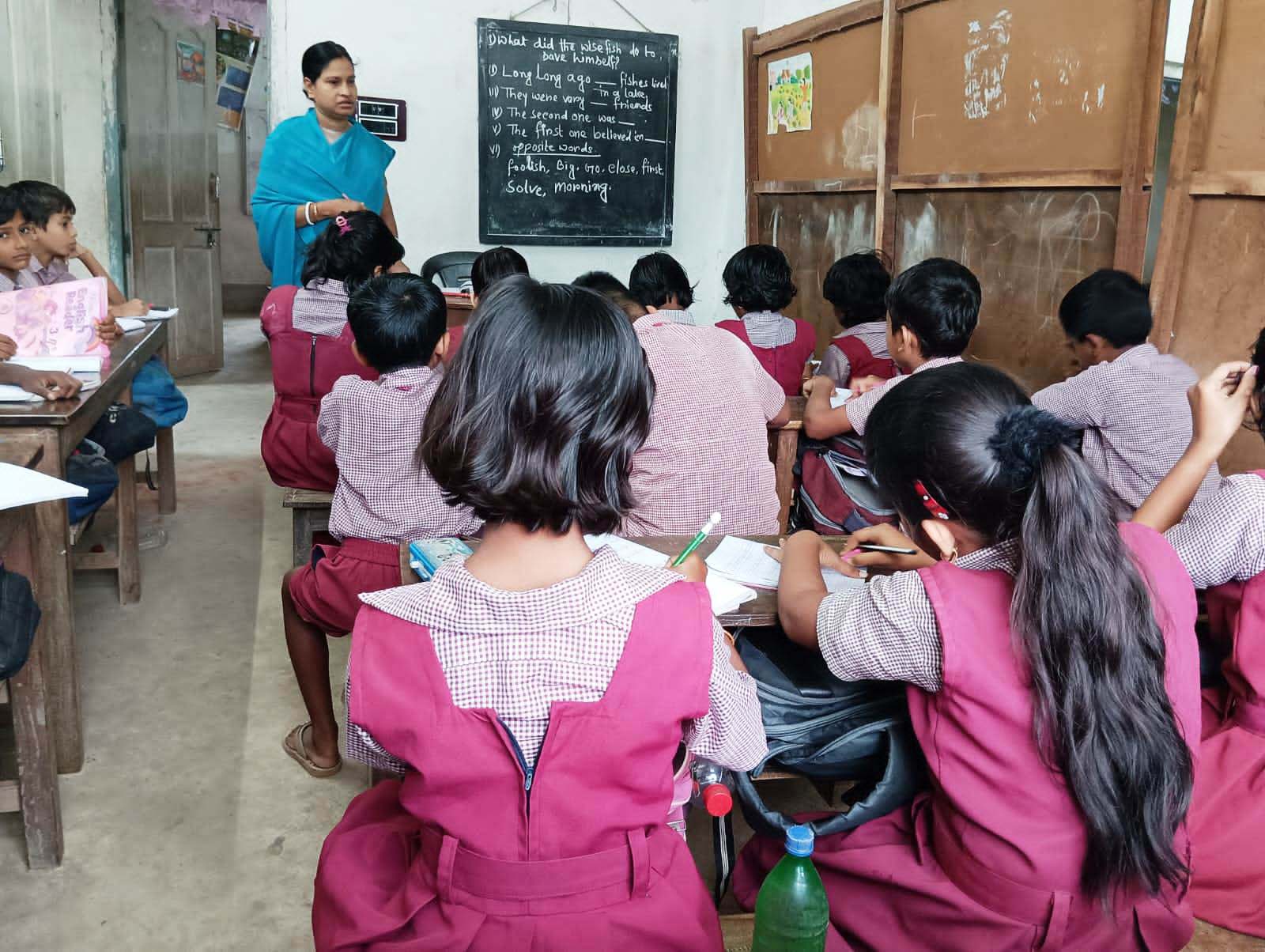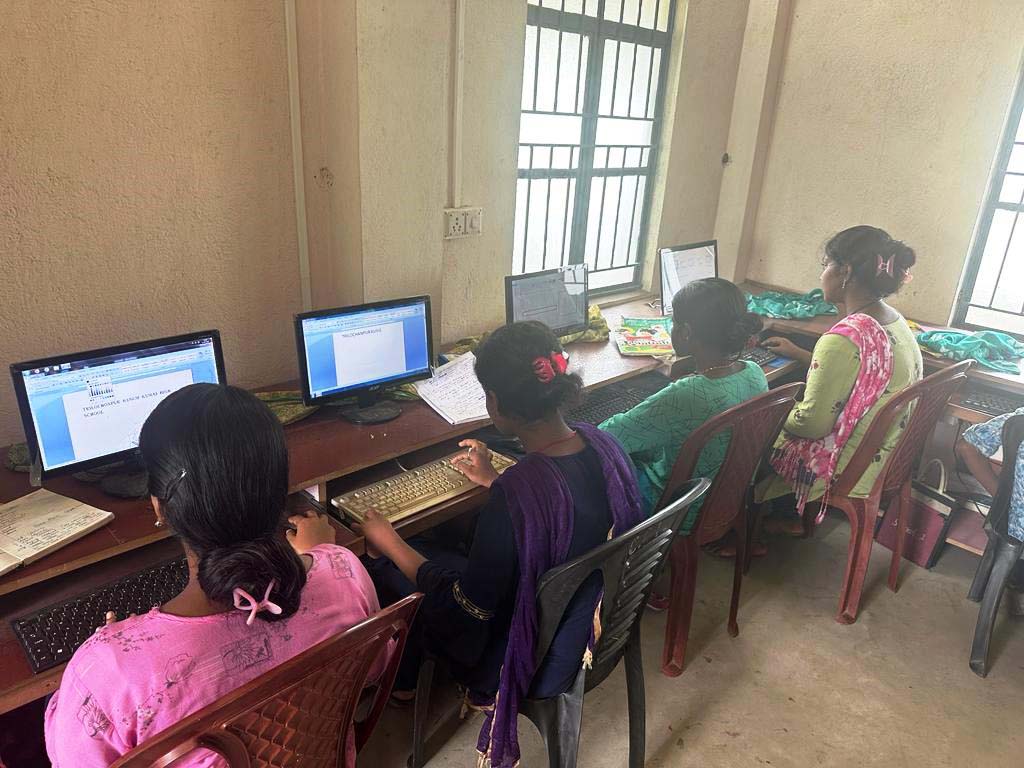- +91 9614482482
- chaplin_club@yahoo.co.in
Why Education:
For underserved children and families to achieve holistic development, education is paramount. Education not only ensures a more stable future for these children but also shapes them into responsible citizens, both domestically and globally. While the 2010 Right to Education (RTE) Act guarantees free education for children aged 6-14, many continue to experience uneven educational journeys even a decade post its introduction. This is largely due to socio-economic challenges their families confront and the substandard learning conditions prevalent in several schools.
Infant Jesus School:
We operate a formal primary school in our designated work area. The student body predominantly hails from underprivileged backgrounds, with their parents primarily involved in agricultural tasks, driving autos and vans, or working as landless laborers. Some have migrated to other states seeking employment, while others manage modest local shops. Given that many of these families are engaging with formal education for the first time, their exposure to and aspirations for academic achievements might initially be limited. Recognizing this, we founded a high-quality school that provides enhanced learning resources and facilities. This institution prioritizes both academic and extracurricular activities, aiming to bolster holistic learning and furnish crucial foundational support for these students.
Remedial Education:
Acknowledging that some students lack a conducive home environment for academic support, we have established community-based remedial centers. These centers assist students in completing their schoolwork and foster skill development through both curricular and extracurricular engagements.
Digital Literacy:
In order to better prepare our students for the challenges and opportunities of the modern era, we have revamped our educational strategies to emphasize essential digital competencies crucial for the 21st century. Our learning environments have been upgraded with advanced computer systems and an extensive array of audio-visual tools. These technologies are not just supplementary; they are fundamental elements of our daily instructional methods. By incorporating these advancements, we've seen a marked increase in student involvement. The classroom has transformed into an interactive hub, where lessons come alive and engage students more effectively than ever before.








